Affiliate links on Android Authority may earn us a commission. Learn more.
Microsoft Surface Duo: Who is it actually for?
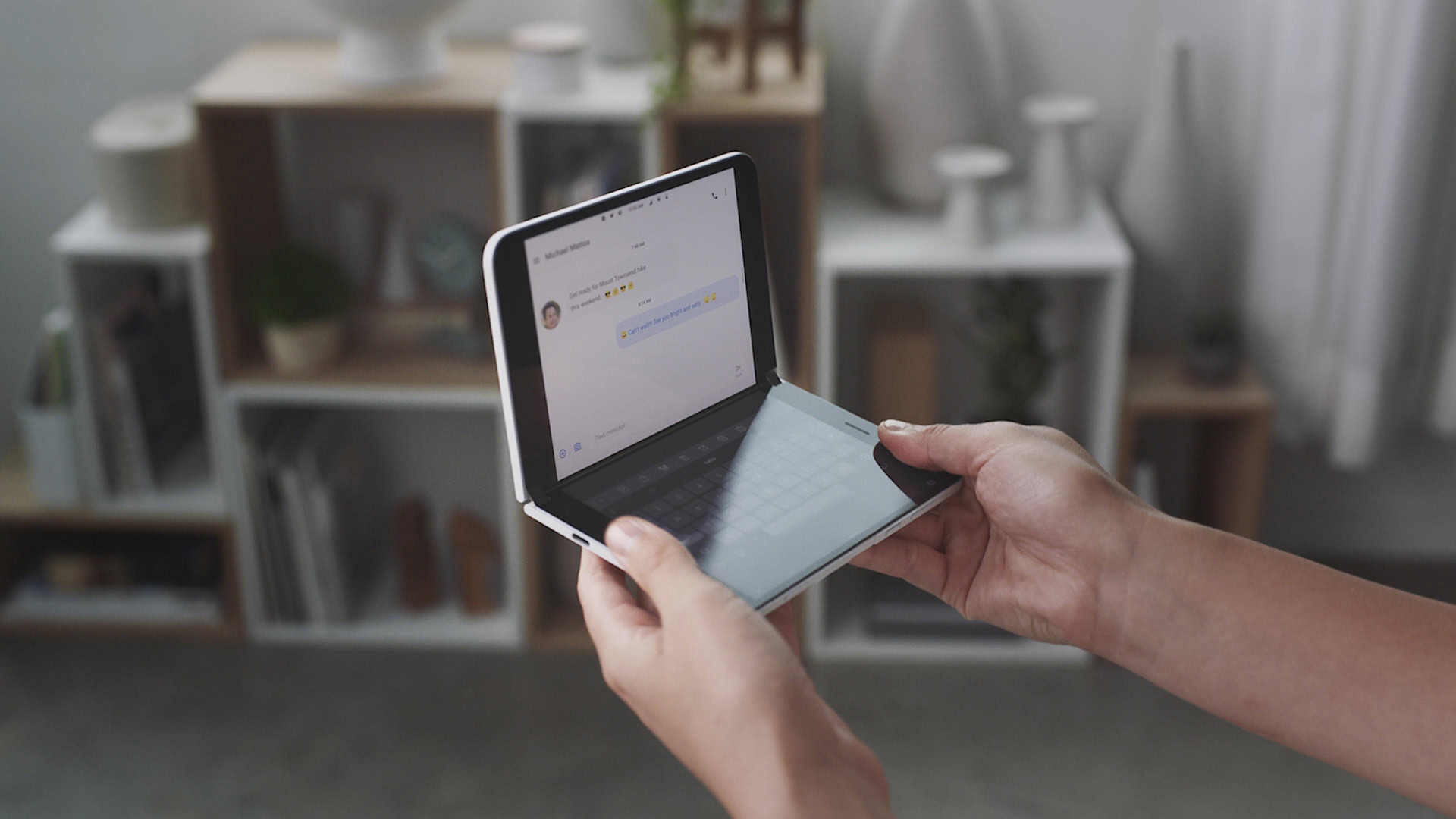
When we first saw the Microsft Surface Duo last year it came as something of a surprise. A tablet-phone-hybrid running Android? That would’ve been enough of a shock, but Microsoft’s decision to adopt a dual-screen design instead of jumping on board the foldable bandwagon made it even more intriguing.
It’s taken a while, but Microsoft is now ready to ship the Surface Duo starting next month. However, the device we’re actually getting is a little confusing to say the least. The price, specs, and concept behind the Surface Duo have all polarized observers, which makes us wonder: who is this “phone” actually for?
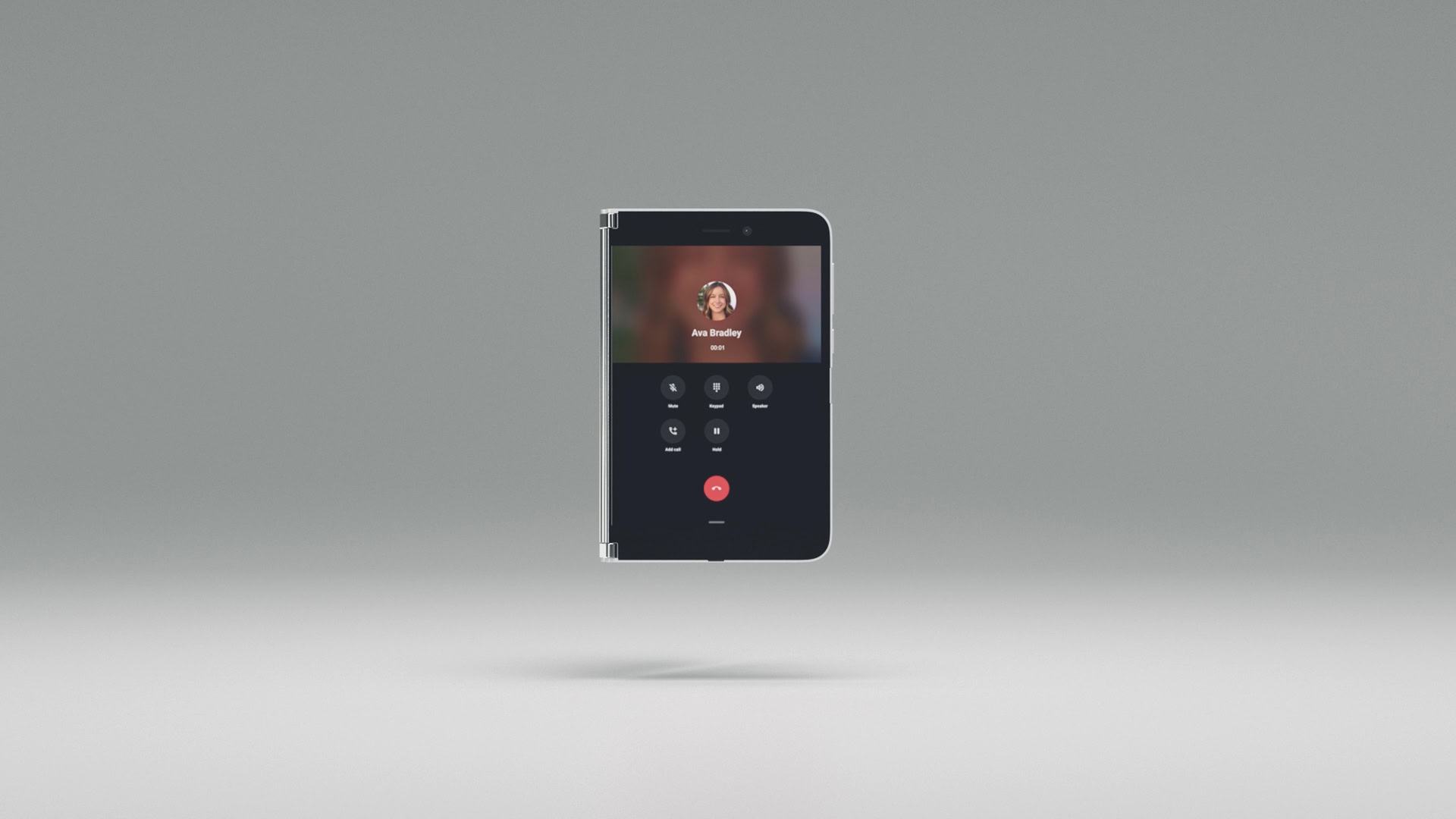
The Surface Duo’s main selling point is the dual-screen design (featuring twin OLED displays), but the underlying specs that power those panels leave a lot to be desired compared to 2020’s elite flagship phones and tablets. Instead, the Surface Duo sits roughly in line with top-tier Android devices released in 2019.
The Surface Duo’s Snapdragon 855 processor is still a powerful piece of silicon for system performance, advanced gaming, and browsing, but it’s a generation behind the Snapdragon 865 (or three if you’re counting the Plus variants). You’re also getting 6GB of RAM and 128GB or 256GB of fixed storage. The latter is fairly standard, but most flagship Android phones — at least those not made by Google — start at 8GB RAM and go up to a staggering 16GB in rare cases.
The Surface Duo is as interesting as it is perplexing.
It’s once you delve into the rest of the spec sheet that the deficiencies become even more apparent, however. A 3,577mAh battery, maximum 18W wired charging, no NFC, no 5G, a single camera, and no microSD storage. Yikes.
Some of these compromises like no microSD storage and slow wired charging aren’t unheard of in the flagship space. There are other omissions too — like water resistance and wireless charging — that are somewhat understandable for what is a first-generation product. But it takes a lot of courage to ask $1,400 for a device that’s missing some fundamentals, is powered by last year’s silicon, has a single camera, and a meager battery that’s expected to power two OLED screens.
This doesn’t seem to be a device for traditional smartphone enthusiasts who want multiple cameras, high refresh rates, the latest high-end chipset, oodles of RAM, and other extras to justify the $1,000+ price tag.
See also: The best Surface Pro deals
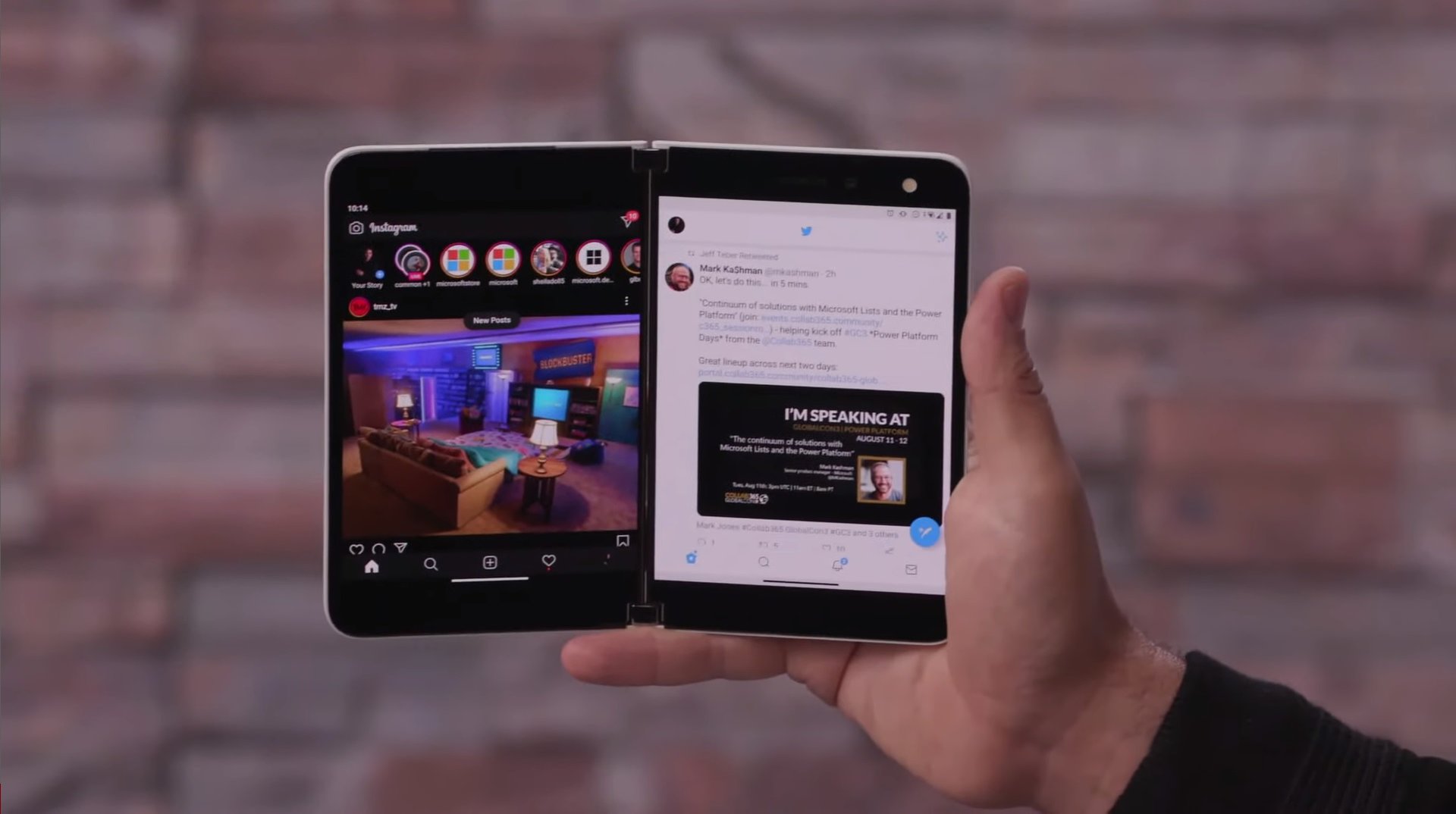
The hardware picture doesn’t look great on paper, but Microsoft isn’t marketing the Surface Duo as the most powerful mobile device the world has ever seen. Instead, the Redmond giant hopes to — alongside the Surface Neo — usher in the age of dual-screen design and fundamentally change the way we interact with our mobile devices.
The basic concept is something we’ve seen before. Phones like 2017’s ZTE Axon M and LG’s recent flagships (with the aid of a Dual Screen accessory) pull off the handy ability to use one app across both screens or an app on each screen. So, if the Surface Duo’s hardware isn’t pushing the needle of innovation, that just leaves us with the software.
We’ve seen several cases in the past where smartphone manufacturers get away with charging a premium for a great software experience baked into average hardware. One of the more prominent examples is Google’s Pixel series. We’ve also seen Apple’s cheaper iPhones offer little in the way of extra hardware, but delivering affordable access to iOS and the Apple software ecosystem at large.
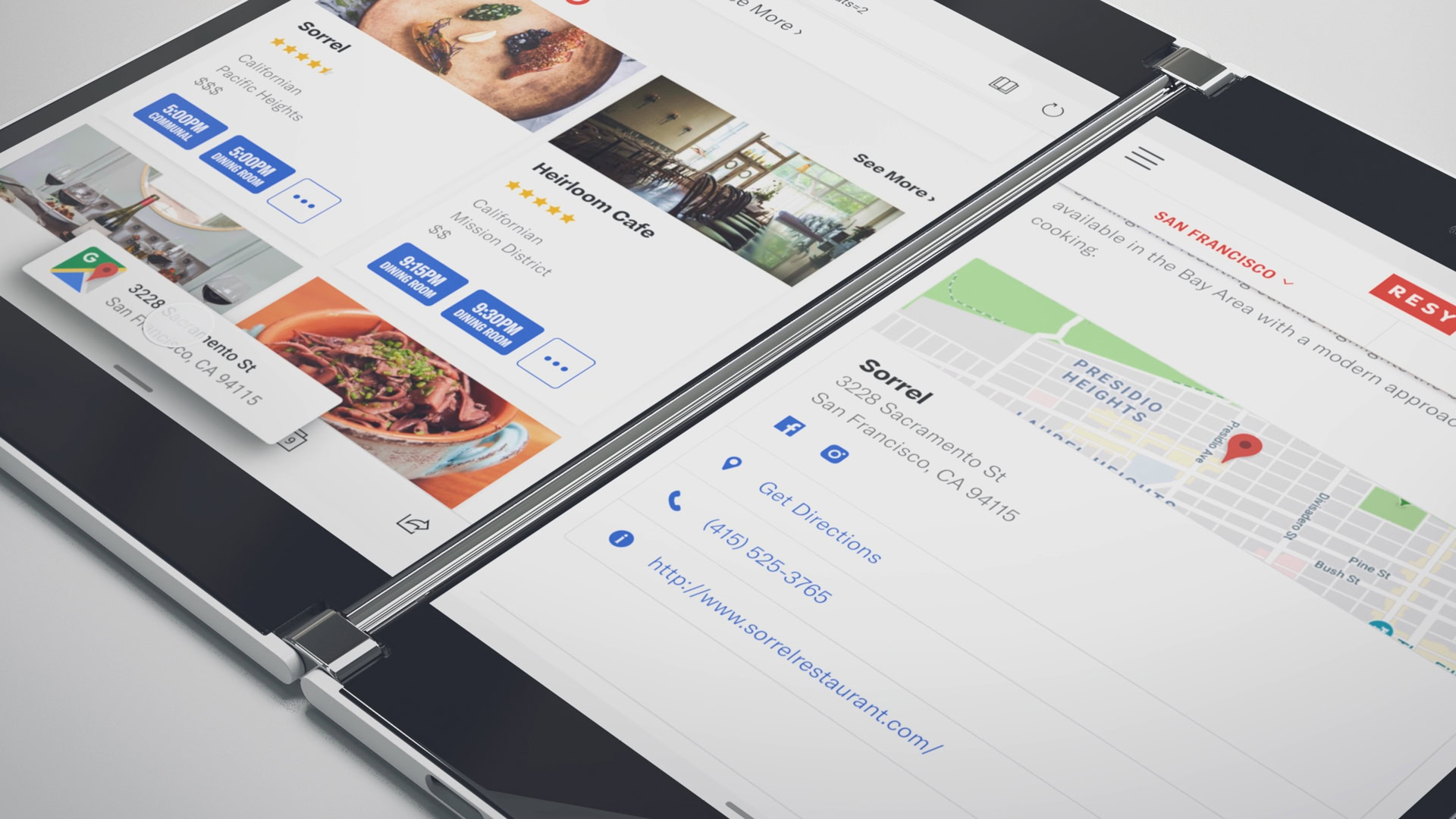
Can the Surface Duo’s software save it from some questionable hardware decisions? Microsoft’s approach is certainly smarter than other dual-screen devices we’ve seen so far.
The Surface Duo’s Nintendo DS-like form factor will allow users to run two apps at once (one on each screen), the same app spanned across both displays, or even two instances of the same app. Demonstrations of the first two features make for a rather cool watch at times, especially seeing the Kindle app working more like a book.
It’s that last feature that splits app functionality across the two displays that has the most potential though. As an example, Microsoft has shown that Surface Duo users will be able to check out photos in OneDrive, viewing the photo on one screen and the rest of the gallery on the second display.
The Surface Duo appears to be a lot smarter than other dual-screen devices.
There are plenty of ways app makers could use this functionality. Imagine having your email inbox open on one screen and composing a message on the other, or touching up a photo on one display while having all your editing tools on the other, or having a live stream feed on one screen and a chat window or screen share feed on the other.
These are all practical solutions to multi-tasking problems that have plagued Android devices with larger screens, especially tablets. We’ll have to wait to get our hands on the phone-tablet-hybrid to see what other special software tweaks Microsoft has baked into its latest Surface product. However, it’s pretty clear from what we’ve seen so far that the Surface Duo — like the rest of the Surface family — is aimed squarely at productivity-focused professionals and creatives.
Unfortunately, there’s another nascent form factor that’s also looking to ensnare that same user base: foldables.
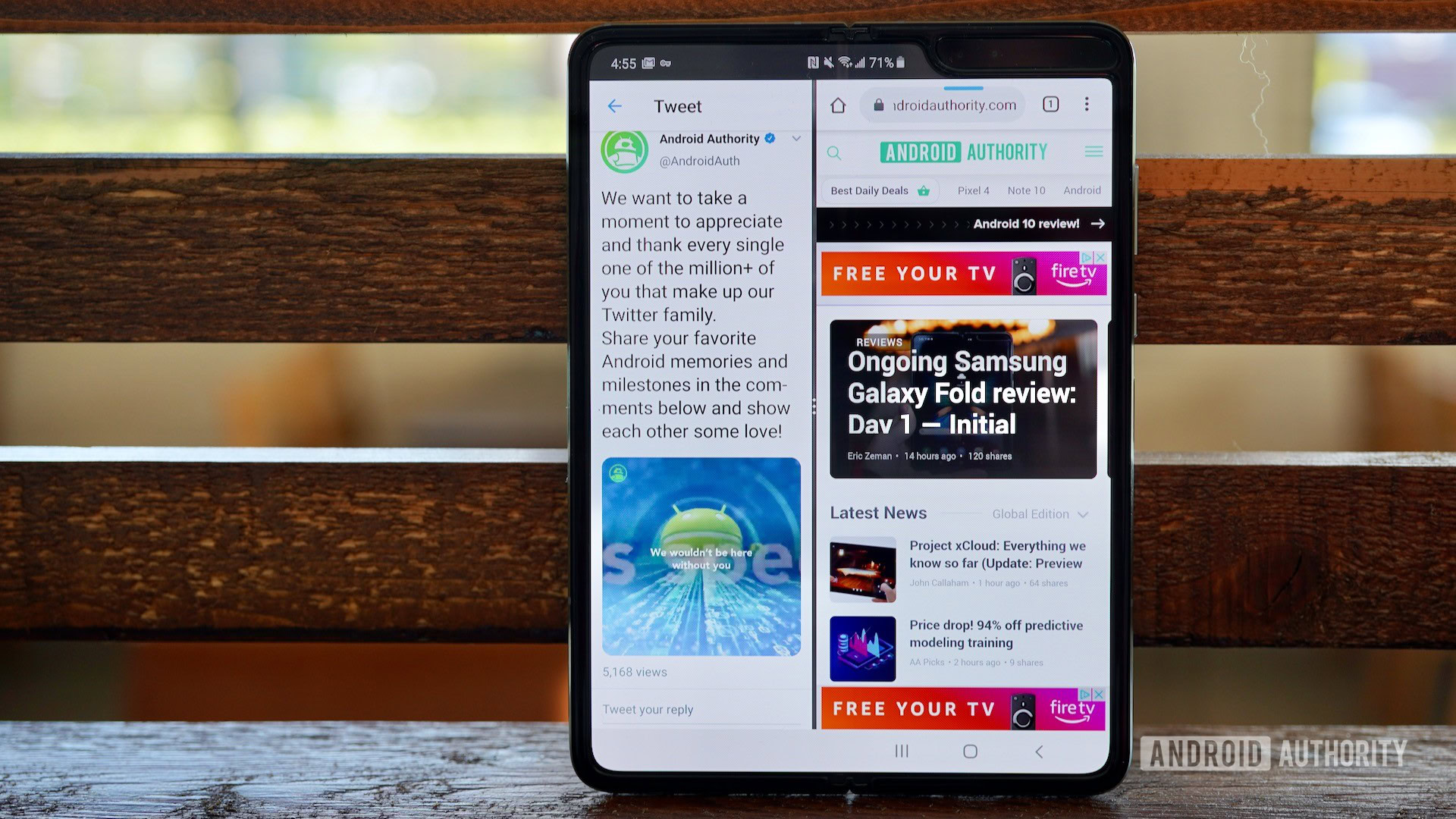
Foldable devices like the HUAWEI Mate XS and Samsung Galaxy Fold already offer a tablet-sized experience that can quickly be folded into a smartphone-sized form factor when convenient. In other words, you’ve got the core experience of the Surface Duo here in a very basic sense — albeit with one gigantic screen and no hinge.
Google has also worked hard to make Android 10 play nicely with foldable phones. More specifically, Android 10 will automatically resize the system UI and supported apps when going from phone to tablet screen. Toss in Android’s native split-screen support with drag-and-drop support for content and it seems like you’ve got a similarly powerful experience as the Surface Duo that already has Google’s backing for long-term support.
Related: How much does it cost to replace a foldable phone’s screen?
In saying so, there are still a few kinks on the foldable front that the Surface Duo’s design manages to sidestep. After the Fold launch debacle, durability is the big one. Samsung has outfitted the upcoming Galaxy Z Fold 2 with ultra-thin glass to help matters, but based on our experience with the Galaxy Z Flip it’s still no substitute for real glass. Current foldables aren’t compatible with stylus pens just yet either, owing to screen durability concerns.
Meanwhile, the Surface Duo’s two screens are made out of Gorilla Glass and the Duo is designed to work perfectly with the Surface Pen accessory. Time will tell if the Surface Duo’s more practical ergonomics prove to be more productive than the next wave of elegant, futuristic foldables.
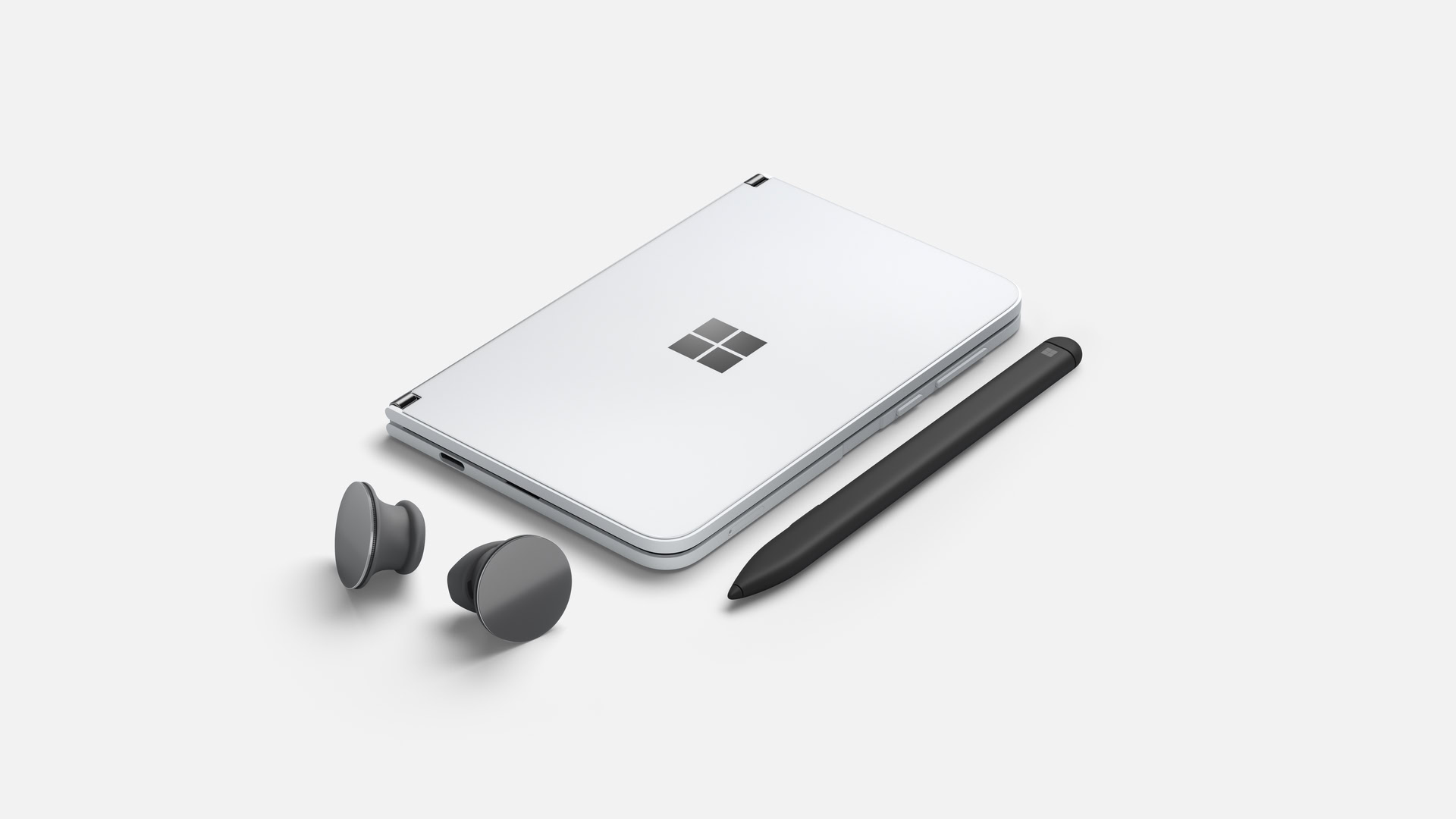
Microsoft’s long-awaited return to the mobile space is as interesting as it is perplexing.
The Surface Duo’s high price and unique form factor will almost certainly scare off the general smartphone-buying public. Meanwhile, the lackluster core specs make the device is a hard sell for discerning power users, especially those that haven’t already been indoctrinated into the cult of Surface.
Perhaps Microsoft wanted to make an exclusive, niche product for professionals, or maybe the Surface Duo is intended as a limited run proof-of-concept for a future mass-market device.
The Surface Duo is unlike any Microsoft phone we've seen before.
Regardless of the intent, the Surface Duo will absolutely live and die by its software and overall concept. Samsung can get away with its foldable screens not being as durable as regular smartphone displays because of the benefits of the form factor and wow factor. At this stage, it’s a little too early to say whether the touted benefits of Microsoft’s device are enough to look past the downsides.
One thing is for sure, though, as a former Windows Phone fan you can forget all about your Lumias (and even Kins) because the Surface Duo is unlike any Microsoft phone we’ve seen before.
What do you make of the Surface Duo? Cast your vote in the poll below and hit the comments to share your thoughts on Microsoft’s beguiling new smartphone-tablet-hybrid.